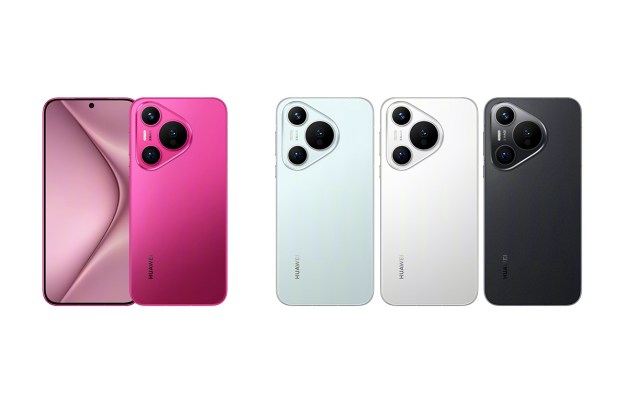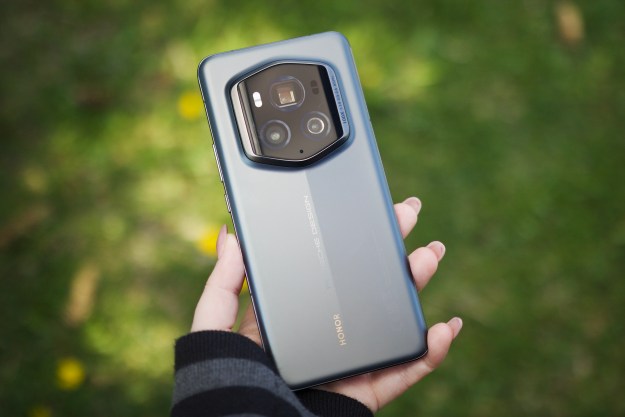Made in March, Xiaomi chairman Lei Jun’s prediction of his company selling 80 million to 100 million smartphones in 2015 seemed within reach, since the Chinese firm sold 34.7 million handsets by July 2015. Unfortunately for the executive, his prediction now seems in question as analysts ponder whether Xiaomi can even hit the low mark of Jun’s prediction.
Taking a few steps back reveals several factors at play as to why Xiaomi is experiencing slower smartphone sales, one of which is the Chinese market in general. Over the years, Xiaomi pushed out multiple low-cost smartphones, which helped the company go from just 18.7 million smartphones sold in 2013 versus the 61.1 million sold the following year. At this point, however, the Chinese market is already saturated with a multitude of low-cost smartphones, making it more difficult for Xiaomi to stand out.
In addition, competing companies like Huawei and Lenovo have stepped up their own efforts, making even the low-cost segment of the Chinese smartphone market the equivalent of a very busy battlefield. These companies have been able to do so by essentially mimicking Xiaomi’s own tactics, such as flash sales and viral marketing.
For his part, however, Jun isn’t too concerned about Xiaomi not hitting its smartphone sales target, saying what matters most “is the rate of customer satisfaction.” In addition, according to Jun, he was pushed to come up with a
Interestingly, Jun’s own foresight has somewhat panned out, as the Chinese smartphone market seems to finally be slowing down. It’s because of this shift that Xiaomi decided to expand its product line to include different categories, such as televisions and, reportedly, laptops. In addition, Xiaomi looks to increase its overseas presence, which could help further its cause.
Whether Xiaomi will repeat its success in China in other regions remains to be seen, though Jun certainly appears optimistic about his company’s prospects.
Editors' Recommendations
- The best thing about Android 13 isn’t a new feature or setting — it’s something else
- Fashion Week isn’t about models anymore — it’s about the influencers
- HTC still makes smartphones, but still isn’t great at marketing them
- Google Assistant 2.0 isn’t just a minor evolution. It’s a game-changing upgrade


